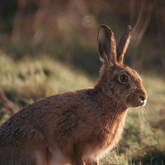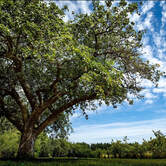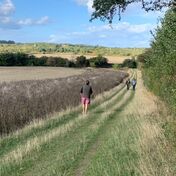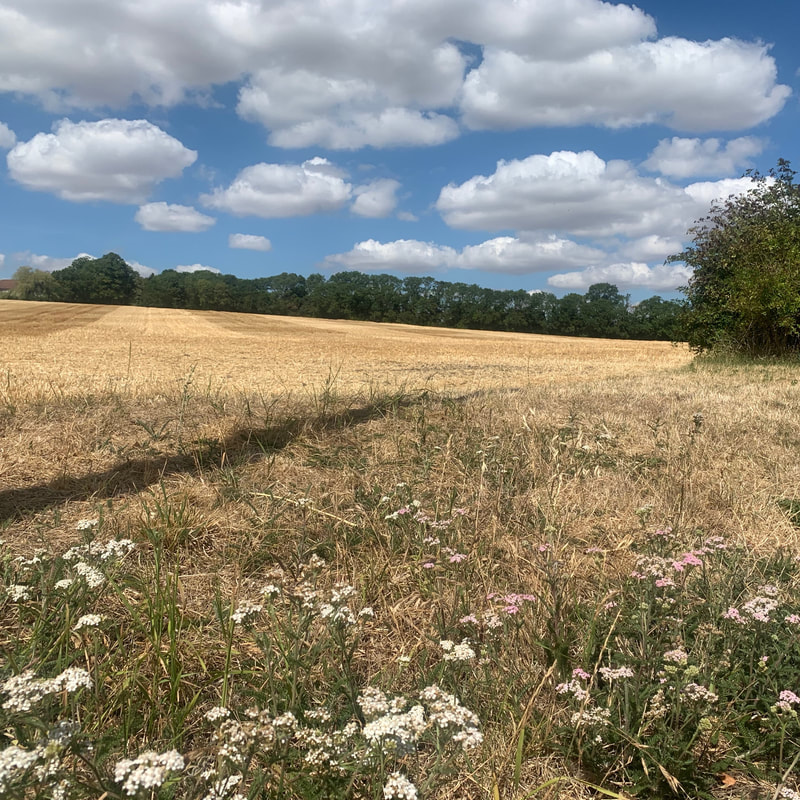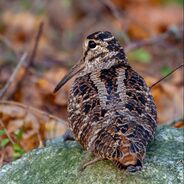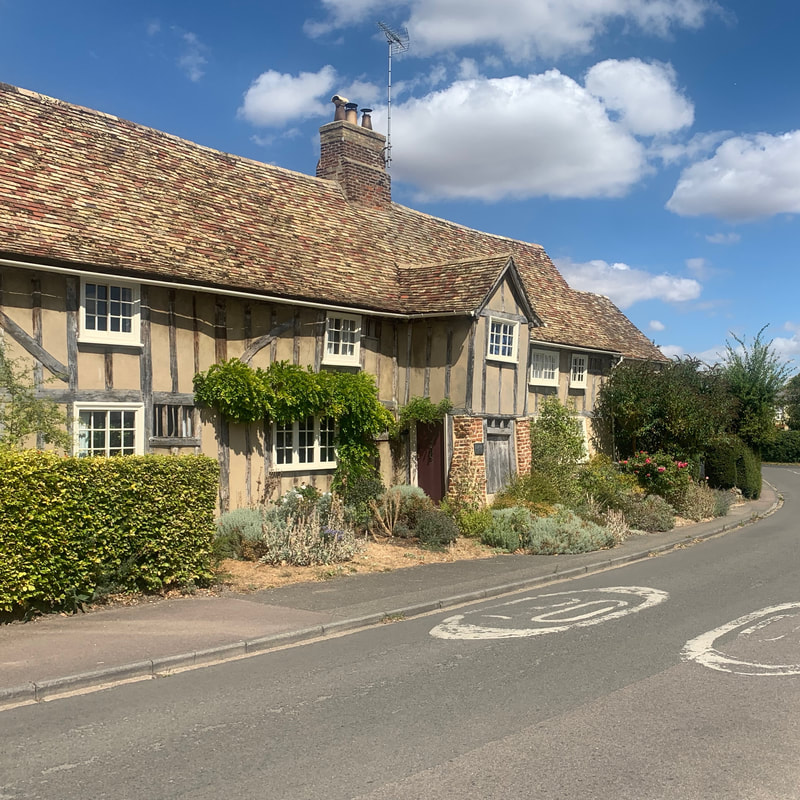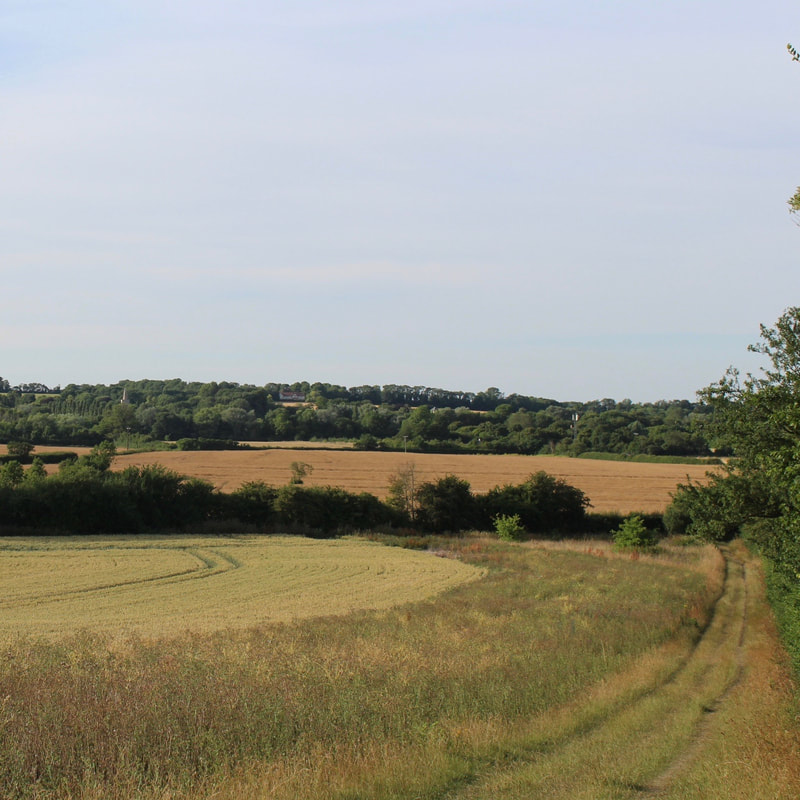|
The Greater Cambridge Partnership (GCP) want to build an off-road busway from Cambourne to Cambridge (C2C), at an estimated cost of at least £230 million.
The proposed route will cut through Green Belt land and an ancient orchard. It will irreversibly damage landscape, views and habitats. We are wholly in favour of public transport solutions and a better C2C bus service. But the GCP's off-road scheme will not provide a solution or a good service. There is a viable cost-effective alternative route, which:
On 21st March 2023, Cambridge County Councillors voted to approve the Greater Cambridge Partnership’s application for a Transport and Works Act Order (TWAO) for the C2C Busway scheme. Once the GCP have submitting their application to the Department for Transport this summer, this will trigger a public inquiry. With Cambridge Past, Present & Future and an alliance of other organisations, we are raising funds to pay for independent experts and legal representation at the public inquiry. This is not a done deal. |
Vertical Divider
|
C2C EXPLAINER Setting out the facts and with contributions from Chris Packham and other high-profile supporters, this short film was screened at the C2C Prospective Parlimentary Candidates Question Time, in Coton, on 16th April. |
|
“You can put a bus route anywhere you like, but you can’t mitigate for cutting down hundreds of trees like this”
Chris Packham on ITV News “The threat to the historic orchard at Coton is a sign that the urge among planners in the country to override environmental concerns in order to promote GDP growth remains undiminished.” Sir Partha Dasgupta GBE FRS FBA Frank Ramsey Professor Emeritus of Economics, University of Cambridge “The National Trust continues to object to the proposal for an off-road busway between Madingley Mulch and Cambridge city centre because of its impact on a valued landscape which has intrinsic visual, historic and cultural significance, and which is fundamental to preserving the setting and special character of the historic city of Cambridge in accordance with its Green Belt purpose.” The National Trust "The open green spaces of Cambridge need protection." Sir David Attenborough These ecosystems are developed over many many decades, and you can’t replant your way out of this kind of destruction." Joel Ashton, wildlife gardnening expert and TV presenter Vertical Divider
|
"“The climate crisis requires careful analysis before any investment into future-proofing our country is made. Where we need better public transport, care must always be taken that existing facilities are adapted before adding additional infrastructure across greenbelt land. In this case there is a far less destructive alternative, making better use of the nearby existing N-S highway. I join those who have stated very clearly that the proposed investment would prove to be a costly environmental tragedy.”
Sir David King, Founder & Chair, Centre for Climate Repair, University of Cambridge "Coton Orchard has such enormous riches. I can’t think of anywhere else quite like it. And it’s big enough to be significant, and its connected to the surrounding countryside – and that connectivity is absolutely vital." Brian Evesham, CEO Wildlife Trust BCN “These veteran trees in Coton Orchard are protected through the National Planning Policy Framework, and are a vital and treasured part of the UK’s natural and cultural landscape.” Jack Taylor, Lead Campaigner at the Woodland Trust "Leave Coton Orchard alone!” Iolo Williams, wildlife expert and TV presenter |
|
The GCP's C2C off-road busway would be a tragedy:
For the environment
For local heritage and local people
For Cambridge
The on-road alternative would save millions of pounds, cause minimal environmental damage, and provide more direct journeys to most key destinations. Vertical Divider
|

